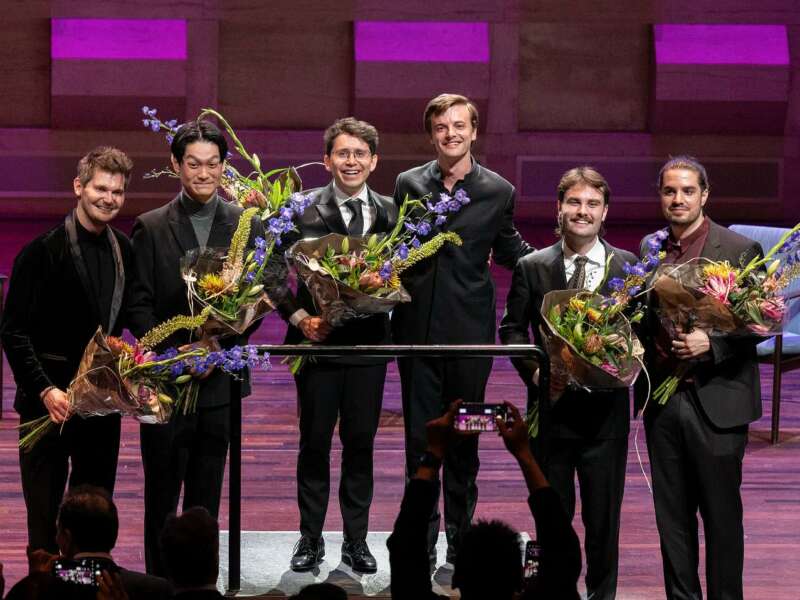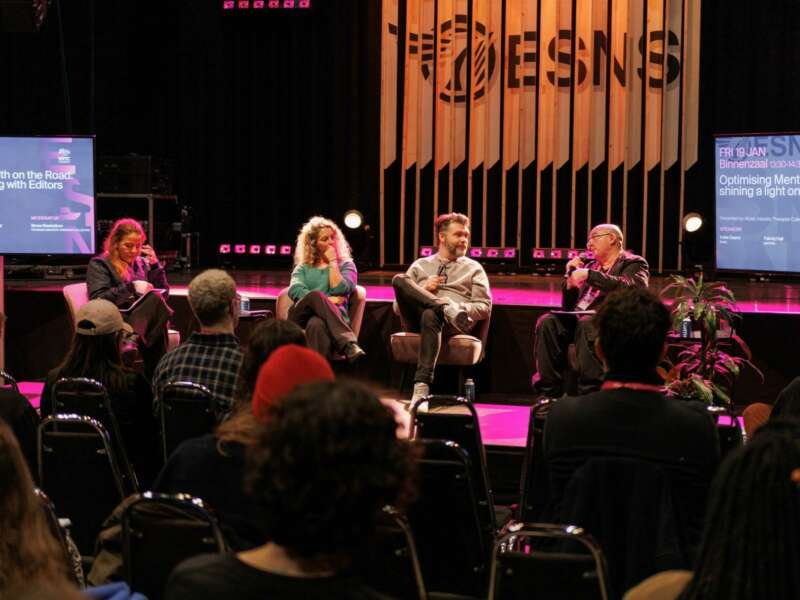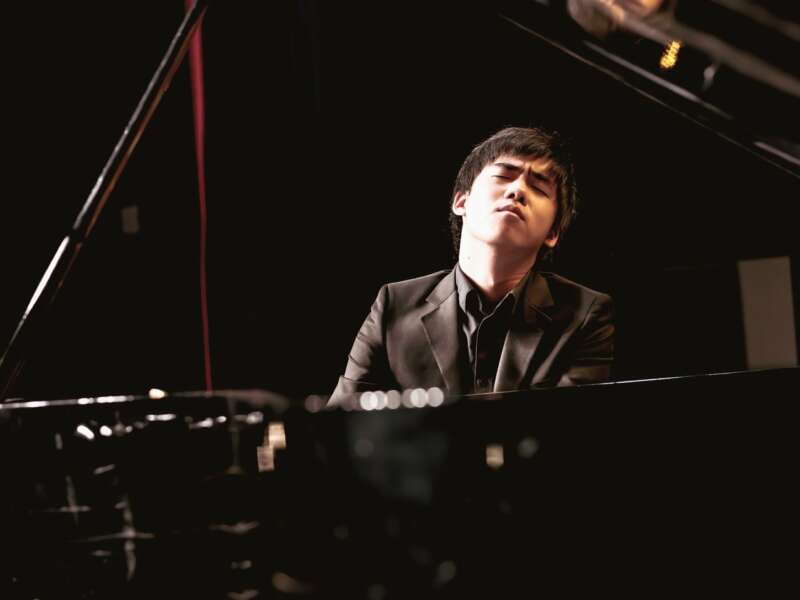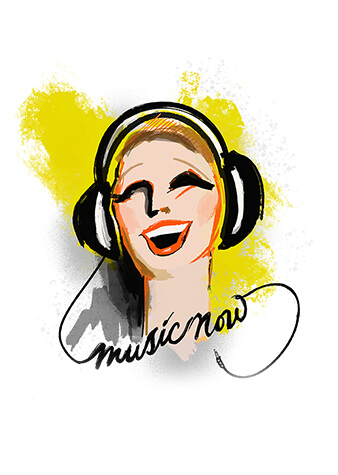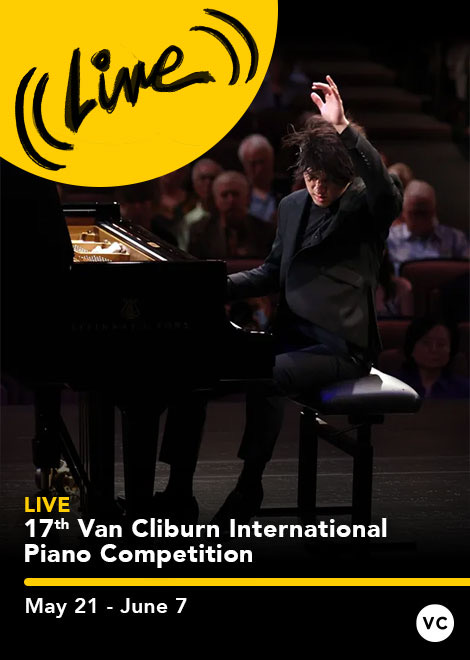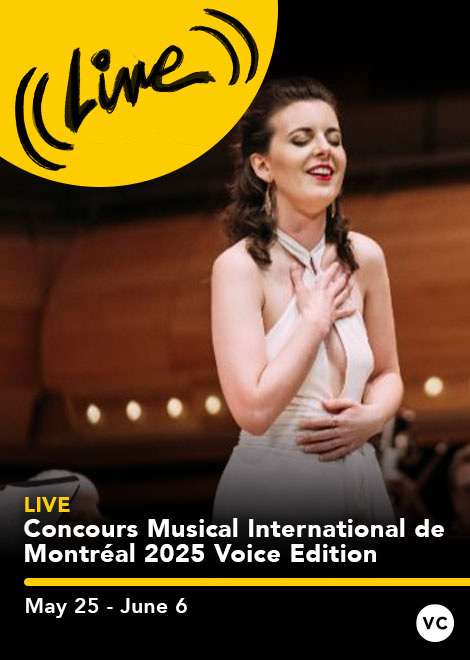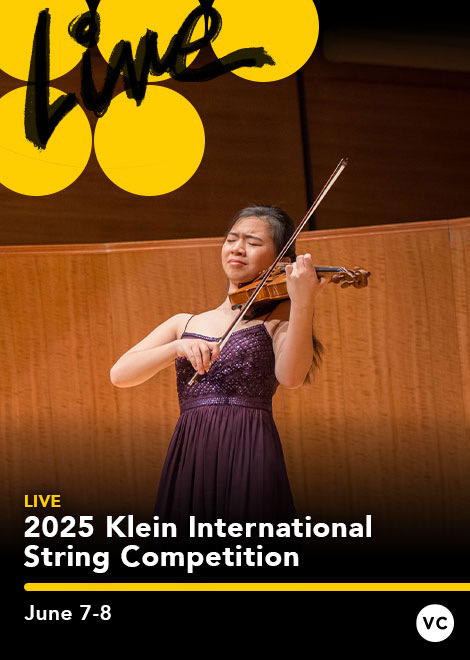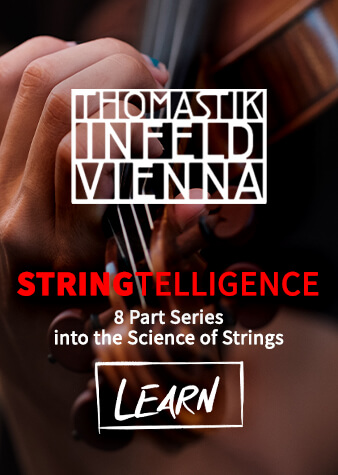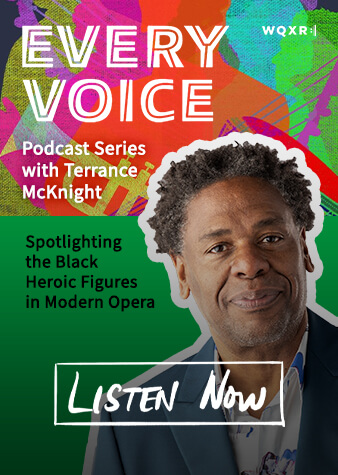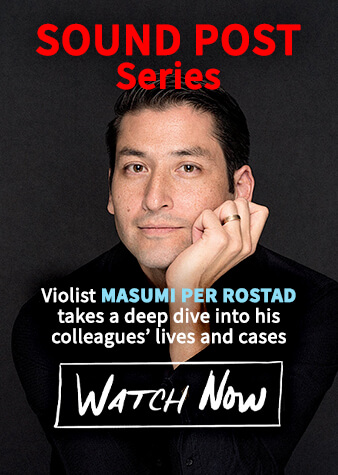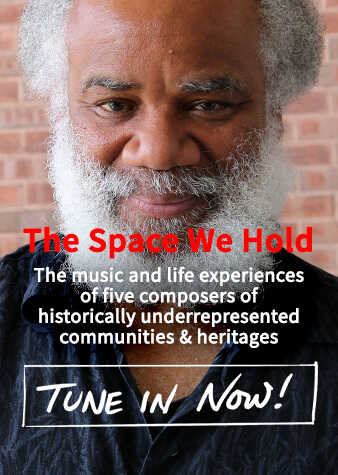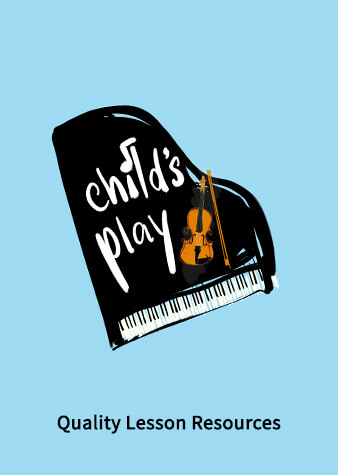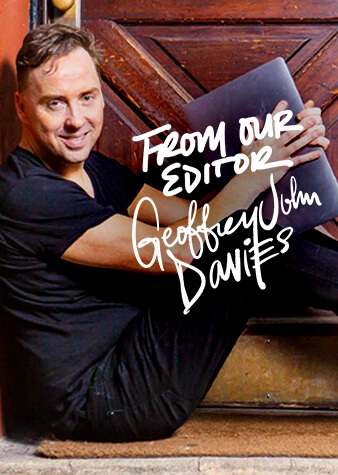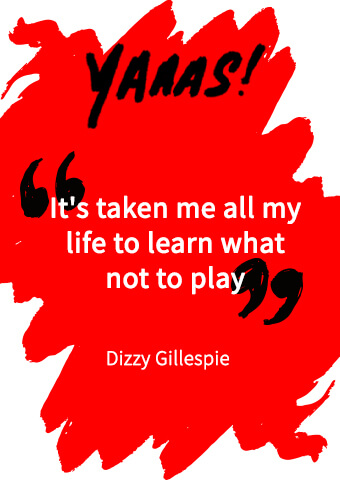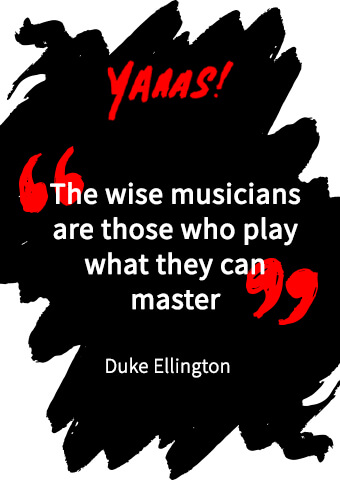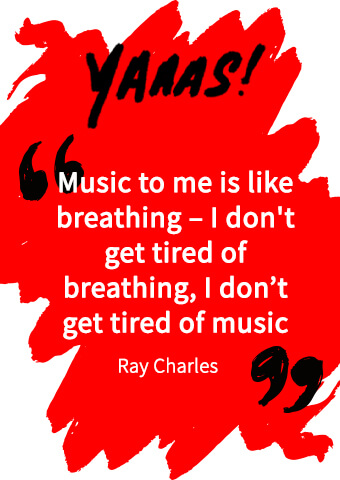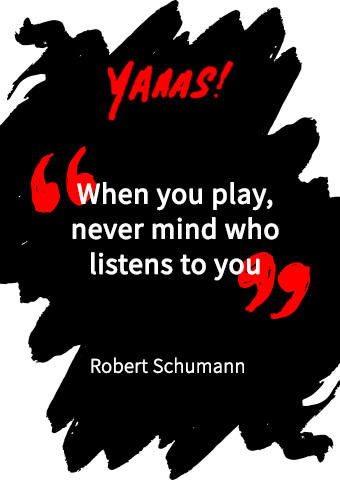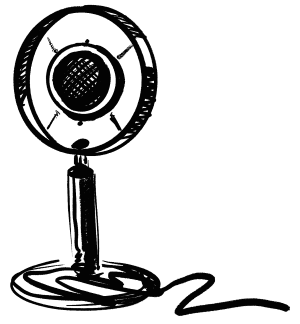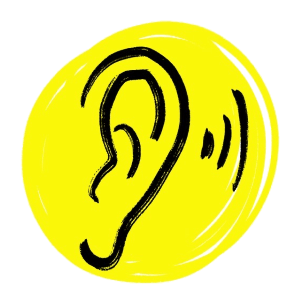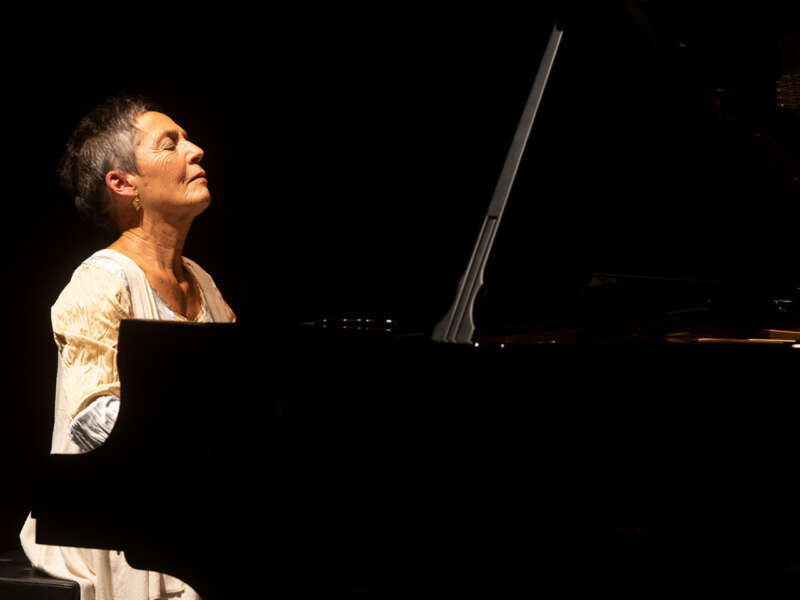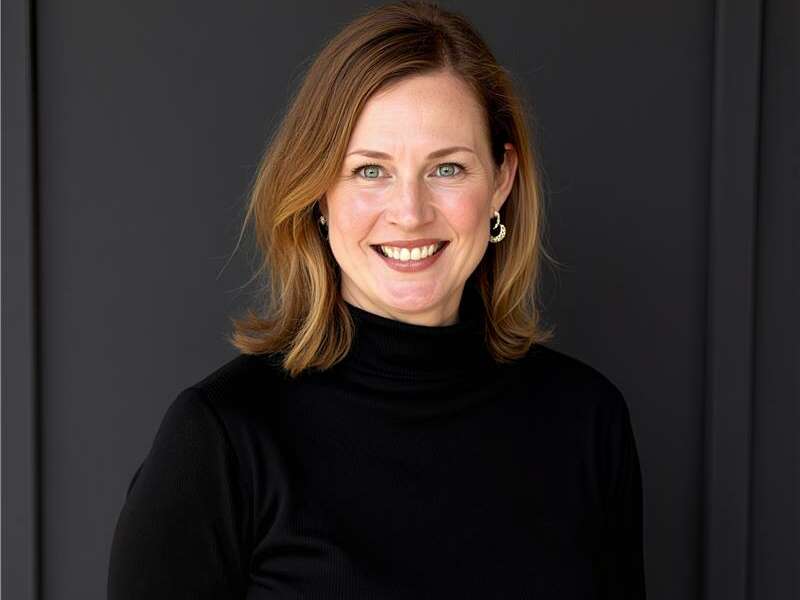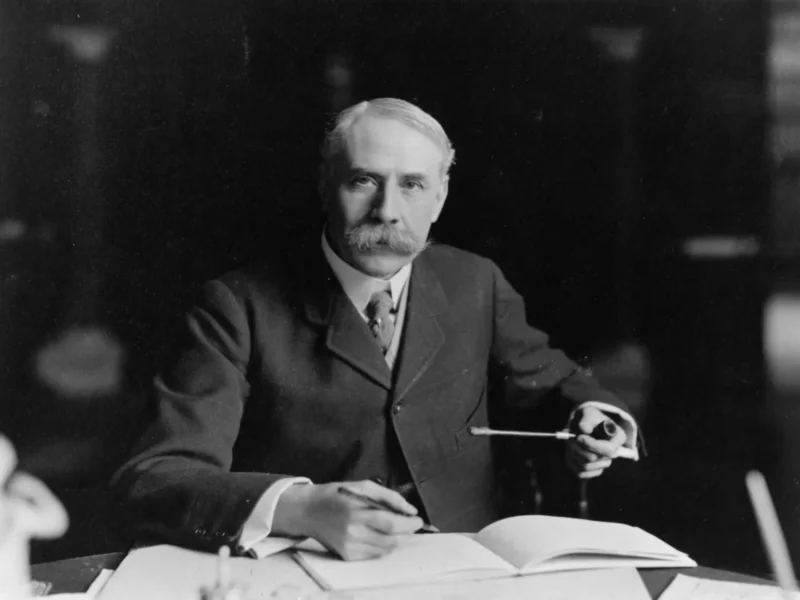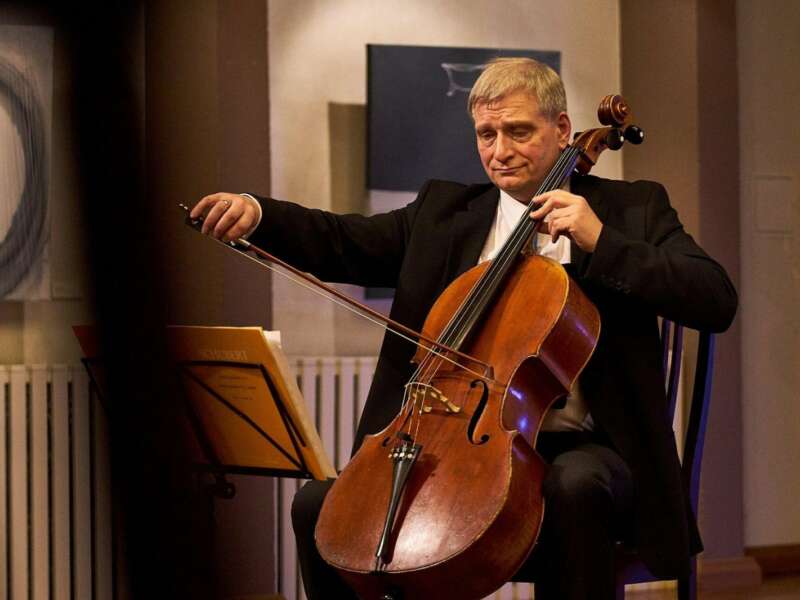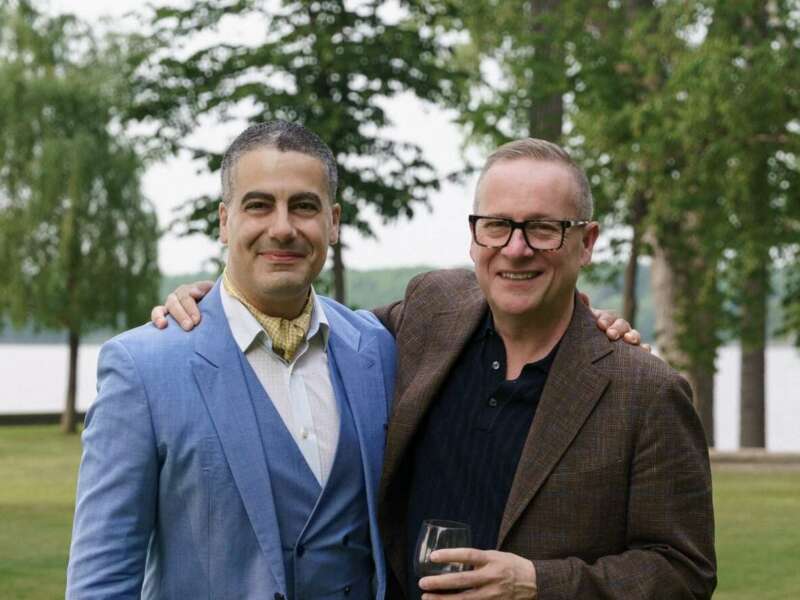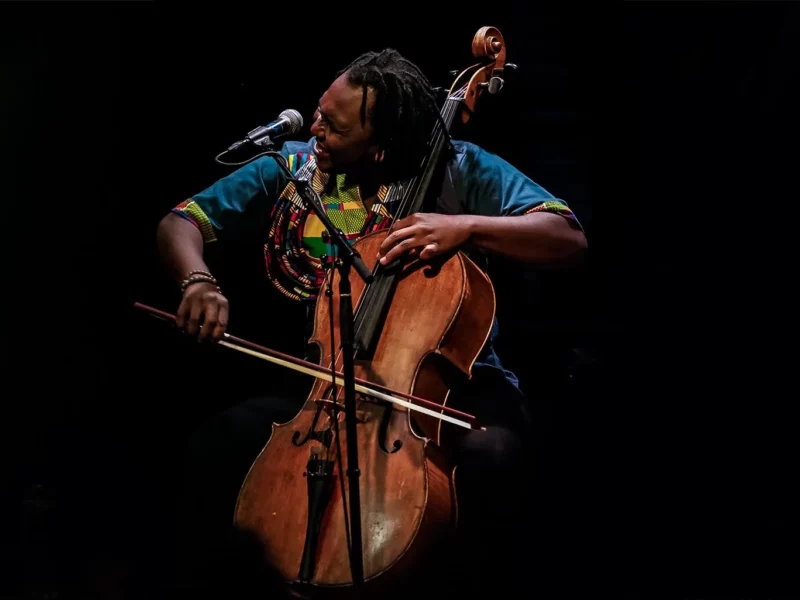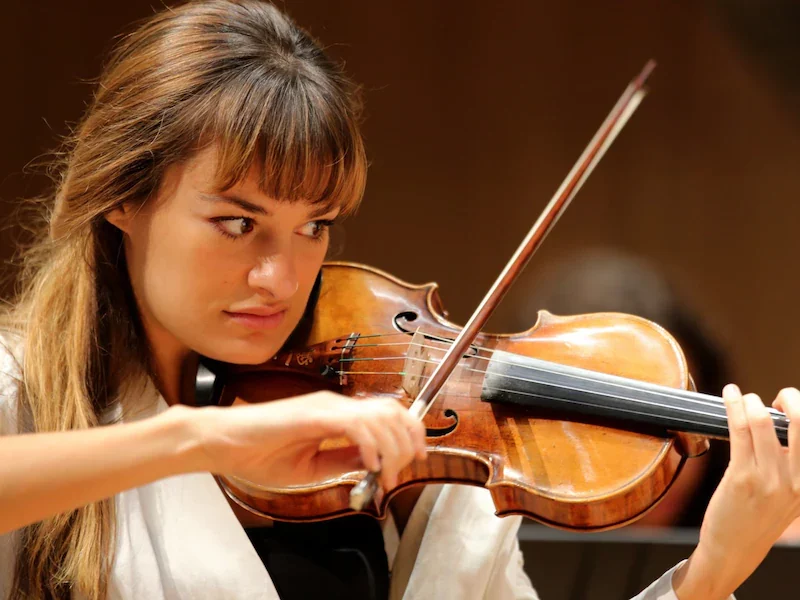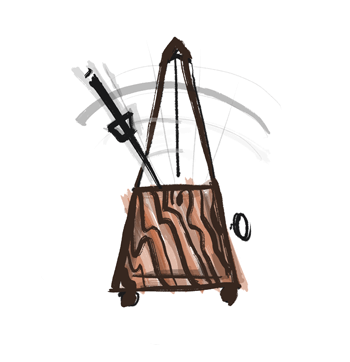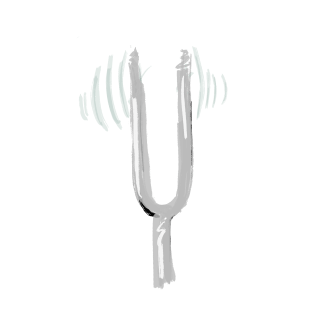Artistic Director Friedemann Eichhorn on Kronberg's Chamber Music Festival
The festival will take place from May 9-18, 2025, in Kronberg, Germany
For almost 25 years, Chamber Music Connects the World (CMCW) has brought together young rising stars and great artists at the Kronberg Academy in Germany.
In 2025, the festival takes place under the theme Alumni & Friends and welcomes around 30 former students of Kronberg Academy to make music with current students.
The lineup includes pianist Martin Helmchen, cellist Marie-Elisabeth Hecker, violinist William Hagen, and guest stars like actor Dietmar Bär.
Program and tickets can be found here.
Prof. Dr. Friedemann Eichhorn, who once joined the festival as a young violinist, now shapes it as Artistic Director. We caught up with him to learn more about the festival:
What makes Chamber Music Connects the World so unique?
It’s a place of connection. Musicians from different countries, generations, and artistic backgrounds come together to make music — not as a short-term project, but as a living community over several intense days. This dialogue—at times even creative friction, in the best sense—is what makes chamber music so special.
In 2025, the concerts will explore eight different European regions. How do you go about shaping such a program?
The idea behind it is a musical journey through Europe. Each concert highlights a region — with its distinctive sound, tradition, and composers. We’ll hear French elegance in Milhaud and Franck, Austria’s multi-layered richness in Mozart, Webern, and Schubert, or the rhythmic intensity of Spain. For the artists, it’s a deep dive into diverse idioms; for the audience, a celebration of musical variety — and that’s exactly what we want to share!
What does "artistic excellence" mean to you in the context of chamber music?
For me, excellence is not just technical perfection—it’s an attitude: the willingness to engage with one another, to listen, to reflect. In chamber music, artistic greatness reveals itself through dialogue. Those who can bring their voice with strength while giving space to others — and contribute to a truly shared creation—that is excellence.
What do the students take away after the festival?
They realize that musical collaboration reaches far beyond technique. It’s about trust, openness, and human connection. Many of them are playing together for the first time, while others reunite after years apart. When true musical interplay develops from that—something equal, not hierarchical—it can shift how they see their art.
Do you think chamber music is a model for society? Why?
Absolutely. Chamber music thrives on balance, respect, and resonance. It’s an art form without a conductor—every voice counts, but none dominates. In that sense, it’s a democratic model. Especially in times of social tension, chamber music reminds us that diversity can be fruitful—if we learn to truly listen to each other.
Do you have a personal highlight in the 2025 program?
There are many! But I’m particularly looking forward to the evening centered on the Kreutzer Sonata—first as a reading of Tolstoy’s novella, followed by Janáček’s powerful string quartet. It’s a classic CMCW moment: literature and music, intellect and emotion, generations and voices—woven together in one experience.
june 2025
july 2025




